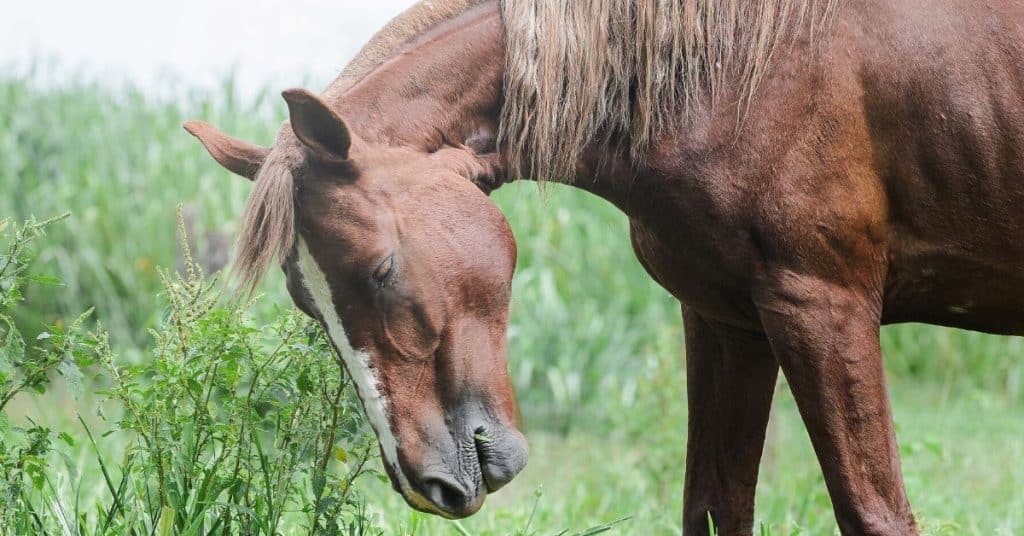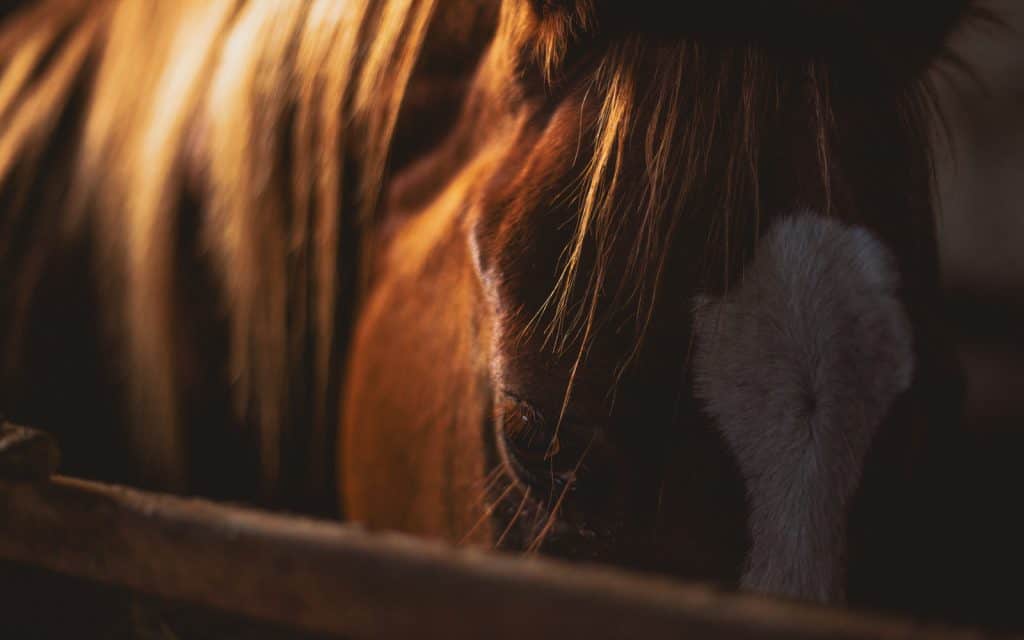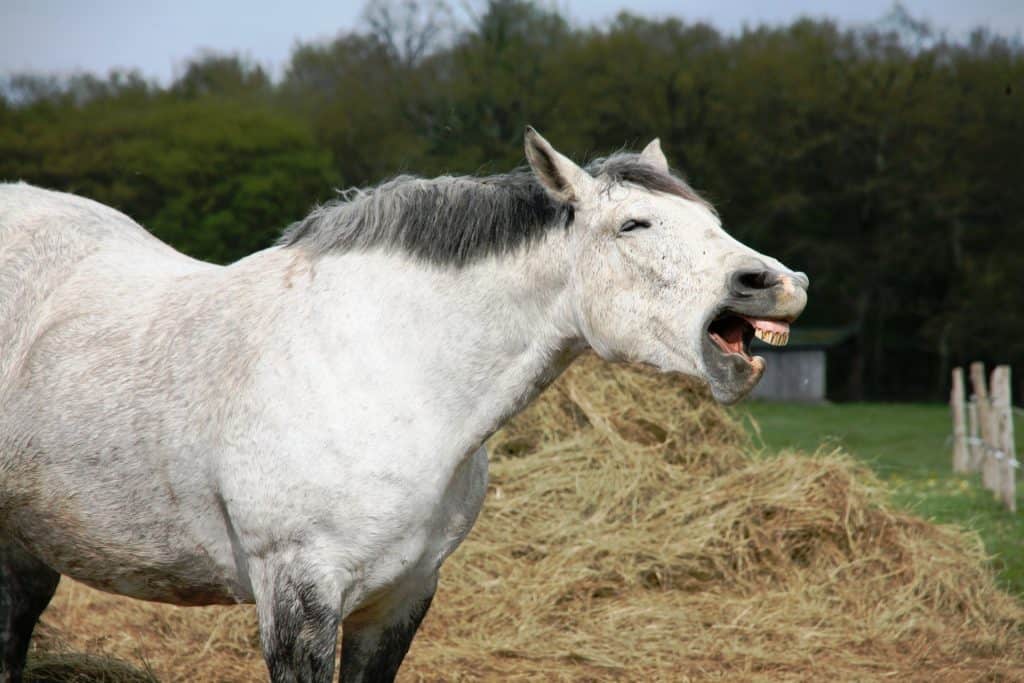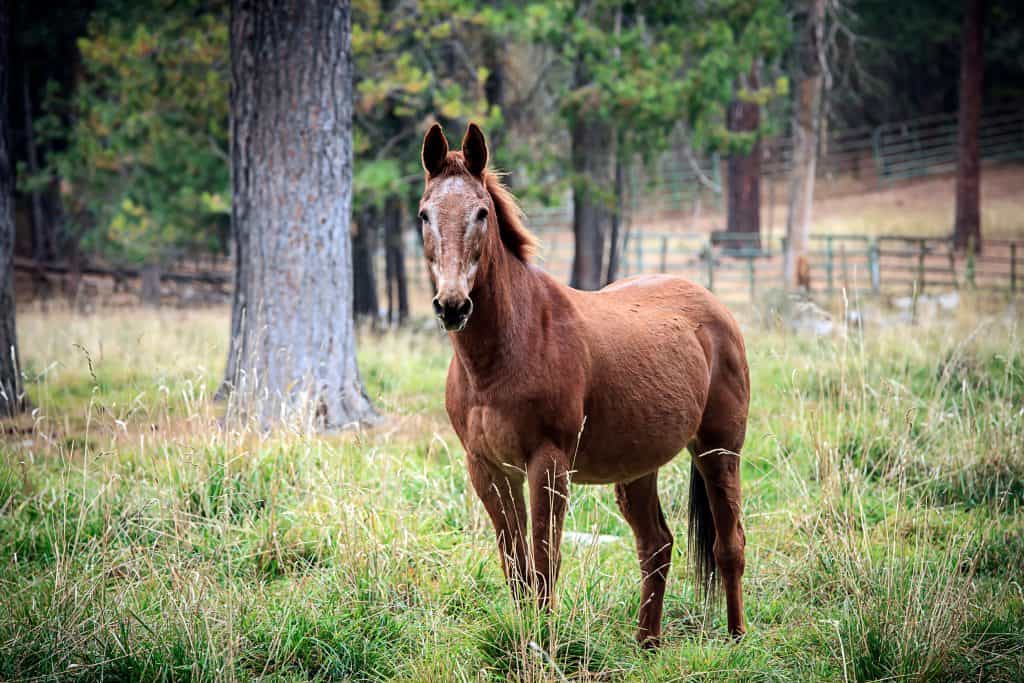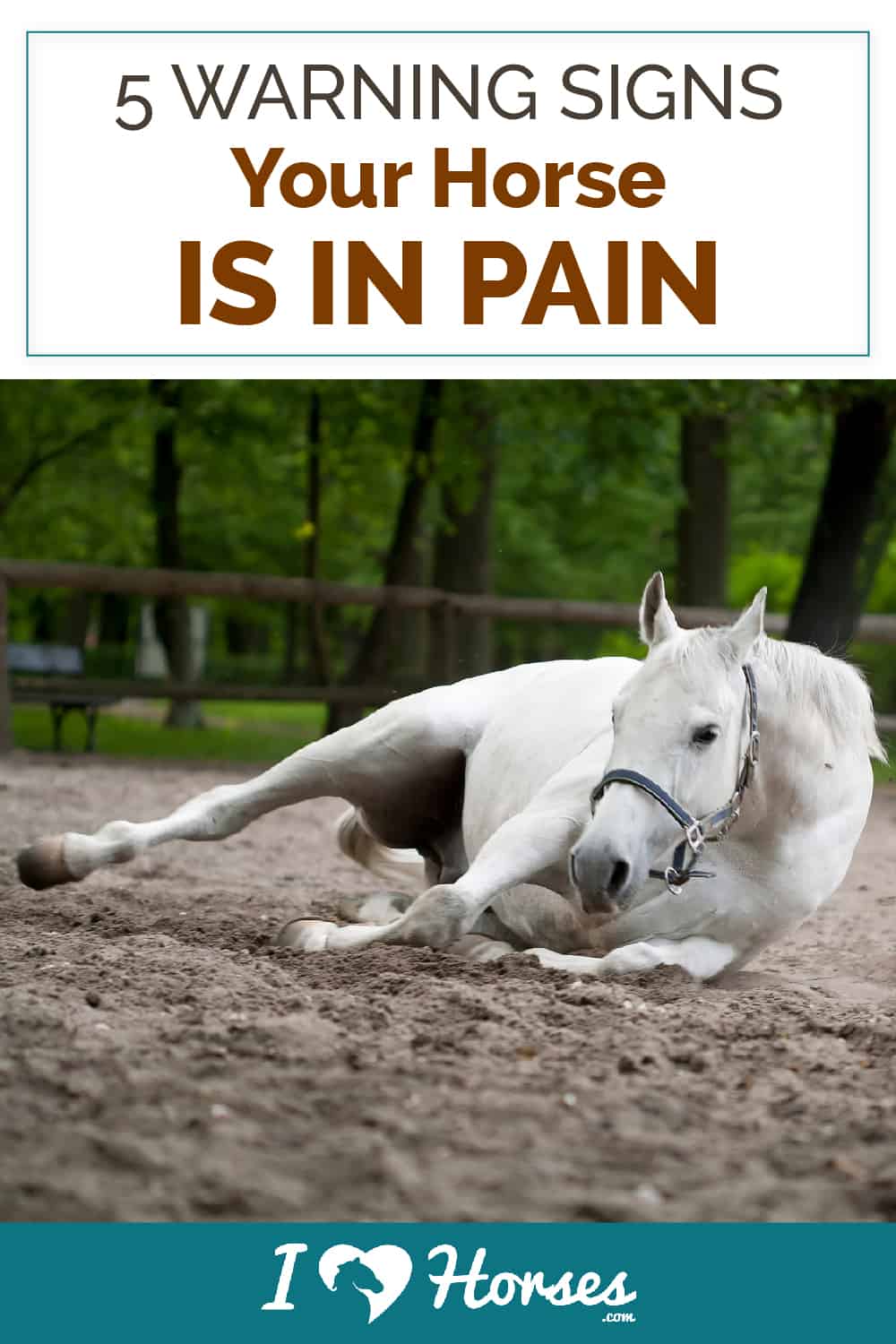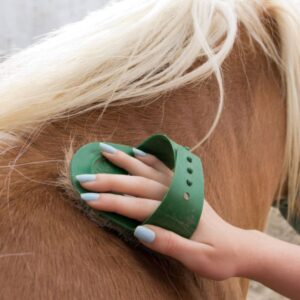As much as we wish our horses could talk about what is on their mind or if they are in pain, they just can’t speak the words and a snort or neigh could be taken either way. Your horse relies on you to be able to read their body language to know if something is painful. Keep reading for five things to look for in a painful horse.
1. Lameness
Lameness is the most obvious behavior that something painful is going on with your horse and it is suggestive to that specific limb. When you notice your horse is lame, you will want to either place them in a stall or a small enclosure to prevent further damage. Observe for noticeable swelling or lacerations, working from the shoulder down to the hoof. Pick up the hoof to look for abscesses, stuck rocks, or any abnormalities.
2. Poor appetite
If your horse is off on their food consumption and is not interested in their favorite treats, they may pain in their mouth. Over time, sharp points and hooks can form on the outsides of your horse’s mouth, causing pain when chewing on forage. Pay attention to how your horse chews their hay and grain. Another sign to watch for is a horse reluctant to give to the bit or even accept a bit. If your horse throughs their head suddenly when asking to stop or slow down, they may have a sore tooth.
3. Reluctant to touching or saddling
A horse with back pain may be reluctant to brushing and being saddled. Some horses will even pin their ears or try to bite when touched or saddled if they are in pain. To see if your horse is having back pain, place single, interrupted pressure following their spine starting at the withers. Your horse will let you know when it hurts – look for muscle wincing and ear pinning.
4. Walking stiff or stocked up
An arthritic horse may be in pain just walking around. Instead of a nice flowy walk, they may walk as if walking on a board of nails. Like the Tin Man, that needs to be greased. The best thing for these arthritic horses is a slow movement. Keeping them in a stall can make the problem worse. Glucosamine supplements can help with arthritic pain.
5. Kicking or biting at the belly
If a horse is having gastrointestinal pain, they may kick or bite at their stomach. But be warned, as abdominal pain can turn into a colic emergency. If you witness this, keep your horse walking, and call your veterinarian immediately. Until your vet arrives, keep walking your horse – pooping is our goal!
Remember, you know your horse best. Keep a close eye on them and watch for signs of pain in your horse. If you feel that your horse may be in pain, call your veterinarian. They can perform a head-to-tail exam on your horse to pinpoint the painful problem and together, you can come up with a treatment plan to best help your horse feel better.
Did you learn anything new and interesting about our equine friends? Share this article with other horse lovers that you know so that they can learn something, too.
When it comes to horses, it's our job as their owners to keep them healthy and safe. Check out this article on iHeartHorses.com to learn about 8 life-threatening infectious horse diseases.
Horse Courses by Elaine Heney
- Listening to the Horse - The Documentary by Elaine Heney & Grey Pony Films
- Shoulder In & Out Training for better balance, bend & topline development with your horse
- Over 110+ Polework Exercises & Challenges to Download
- Dancing at Liberty & Creating Connection with Your Horse (11 lessons) - Grey Pony Films

